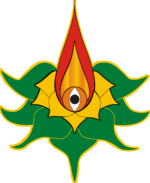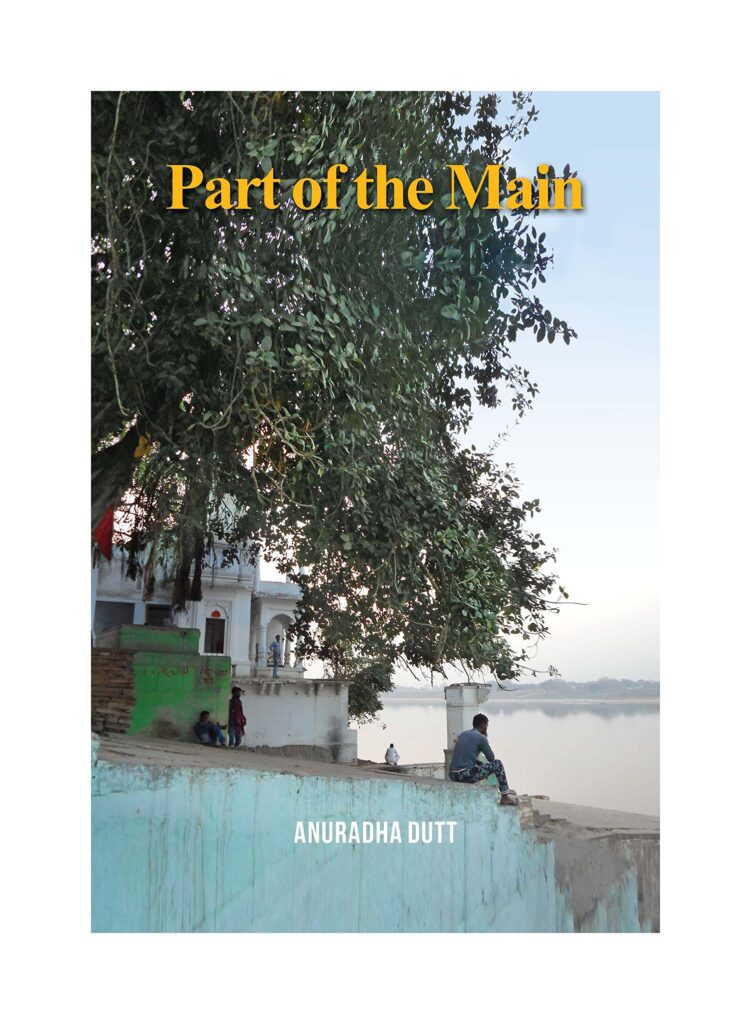This sociological narrative blends reality with academic research and storytelling, and field reporting with folk lore and unique cultural paradigms to unveil the world of India’s hidden people. These are diverse marginalised communities that serve to sustain folk culture and traditions which defy the passage of time, and endure as a legacy, distinct from the elitist Sanskritised ethos. Such people dwell on the peripheries, in the subterranean realm or outside the social pale, eluding decennial census count, owing to their largely nomadic lifestyle and lack of a fixed address. Yet, their numbers are estimated between 60 million and 110 million, enough to fill up three mid-size European countries.
Under the British Raj, most of these people were listed in colonial records as criminal tribes because of their peripatetic lifestyle and failure to conform to caste-based classification. Post-independence, they are clubbed together as ‘vimukt jati’, to distinguish them from scheduled castes and tribes, other backward classes and their ilk, all entitled to reservations in government-funded educational institutes and jobs. Vimukt jati get no State doles. Rather, they are overlooked in policymaking, and increasingly disfranchised under Habitual Offenders Act, 1952, civic rules, conservation laws, animal rights and a wide range of global guidelines, geared to standardising society. The globalisation overdrive, meant to sanitise indigenous milieus, has served to push these people further to the margins.
However, the title of Anuradha Dutt’s book ‘Part of the Main’ is apt. It is sourced from English poet John Donne’s ‘Meditation’ which says, “No man is an island, entire of itself, every man is piece of the continent, part of the maine”.
For, while living apart, vimukt jati, consisting of ex-criminal tribes, nomads and semi-nomads are still integral to the rich mosaic of Indian life. They survive by their wits, manual labour and hereditary learning and skills.
The narrative encompasses uprooted and homeless people, comprising a huge floating population; mendicants, diviners, gurus, healers, wonder-workers, sorcerers and exorcists who sustain religion and have precedence at Kumbh Melas and other events that mark the religious calendar; folk artistes, conjurors, entertainers, sex workers, panders, dacoits and transgressors; shunned communities and dispossessed females, targeted under a harsh feudal code of honour and inheritance. A great number live in big cities in public view, ignored and neglected alike by those better-off and the government. Deploying flashback and fast-forward, the writer takes the reader from the hoary past to the twenty-first century, substantiating her narration by citing commonalities of culture and ethnicity across nations, informed views as well as her own eyewitness accounts as a journalist.
The book, divided into five chapters, unfolds the hidden contours of this vast nation, sourcing prior documentation and government data, and photographs that perhaps speak more than words. But it is the interactions with vimukt jati over many years, from close proximity and on their own turf that makes the depiction authentic.
Dutt first addresses migrant people with no fixed addresses, uprooted by development, insurgency or politics. A few settled communities such as snake-charmers and Bedias who supply females for the transcontinental sex and sleaze trade have homes in villages but are unable to break the shackles of illiteracy and poverty. Poachers, wildlife and human traffickers and hereditary murderers/criminals dwell in forbidden, murky zones. At the other end of the spectrum are misogynistic, feudal clans that consign females to servitude, or worse so as to preempt fragmentation of landholdings and property. The high incidence of female foeticide/infanticide among proud Rajputs in Rajasthan and rich Jat farmers in Punjab and Haryana is bolstered by custom, placing them at par with the underclass in terms of regressive social mores.
The reason why vimukt jatis lack access to fixed addresses, voter cards, Aadhar cards or other official proof of identity is because they do not constitute a consolidated vote bank. This provides the political class with no incentive to take care of their interests.
Even history has been unkind to them. Karl Marx, arguably the greatest revolutionary of modern times, assigned little importance in his theorising to the marginalised whom he lumped together as the “lumpen proletariat”, constituting an underclass of tramps and criminals. And the British rulers seemingly took a leaf out of the Communist Manifesto to brand many groups that were seen to be a threat to colonial rule as criminal tribes. Their systematic marginalisation had begun when the British Government brought in the Criminal Tribes Act of 1871 in the aftermath of the 1857 uprising, to suppress them. Before that, East India Company’s armed custodians had clashed with wandering sadhus and fakirs who sought donations from zamindars and village heads. These mendicants later fuelled the 1857 uprising. The book excerpts Philip Meadows Taylor’s Confessions of a Thug, Kevin Rushby’s Children of Kali and other writing to give examples of colonial profiling of natives..
The marginalised millions live usually in the remote rustic hinterland and backwaters, far from the glittering urban settlements. But huge numbers can be seen in the slums of big cities or by the roadside, trying to eke out an existence by means of a variety of professions. Dutt details the plight of iron smiths who live in tents in cities like Delhi and sell their wares. These victims of history trace their descent to the clan of Maharana Pratap. River ghats as in Benaras, Mirzapur, Delhi and pilgrimages host myriad homeless, often targeted by eviction drives. The marginalised are economic refugees; many having been uprooted by mammoth dams, industrial projects, factories, and sports events such as the Asiad and Commonwealth Games. Still others lose homes to natural disasters, triggered by indiscriminate construction in eco-sensitive zones. It raises grave questions about the severe impact of policymaking and implementation that ignores human rights as much as ecology. Balancing the imperatives of growth with heritage and humane issues is a difficult task.
The book casts light on a little known aspect of India’s evolution. In the final reckoning, folk ethos clearly is as important as the sophisticated classical corpus.
Title: Part of the Main; author: Anuradha Dutt; Publisher: Evolutes Publications, Gurgaon; Price: Rs. 600.

